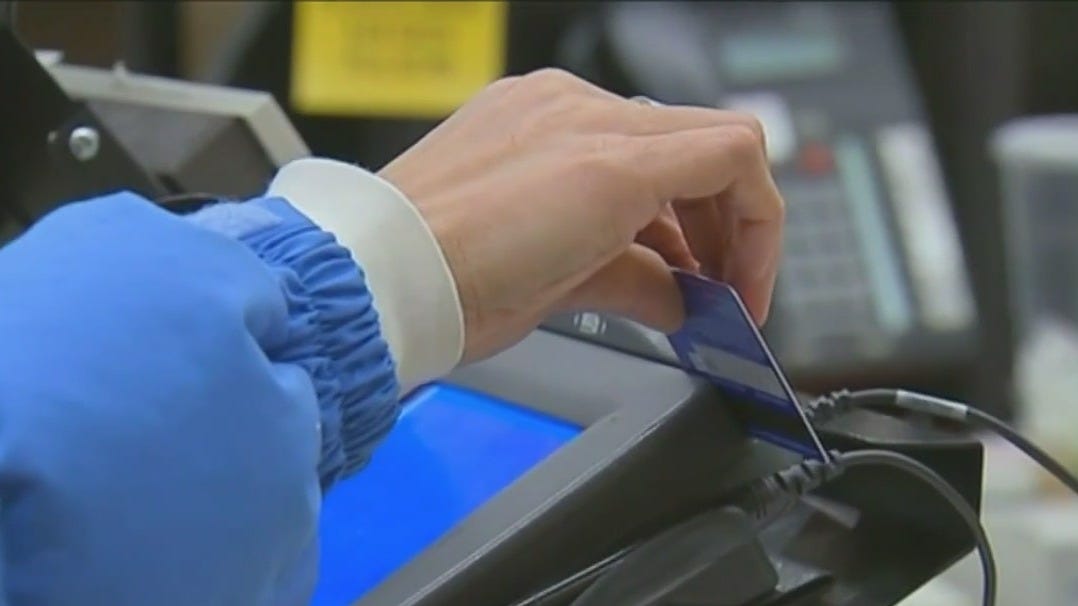Credit rejection rates rise for Americans over 2024, says NY Fed

NY Fed: Americans confronted rising credit rejection rates over 2024
Americans seeking to borrow money experienced increased headwinds in 2024 as applications for credit faced higher rejection rates, new data from the Federal Reserve Bank of New York released on Monday showed.
The bank said that in the current year the rejection rate for credit cards, mortgages, auto loans and other types of borrowing exceeded levels seen in 2019, before the COVID pandemic struck.
The latest iteration of the Survey of Consumer Expectations Credit Access Survey said that overall, 21% of survey respondents reported getting rejected for some form of borrowing, up from 20.1% last year, 18% in 2022 and 17.6% in 2019. The report noted those with low credit scores faced particular challenges.
This year’s rejection rates for mortgage refinancing and auto loans were the highest since 2013, when the survey began. The New York Fed report adds to other data that show that while American households are managing their debt there is increasing fraying around the edges. A report last week from the bank said that while overall borrowing levels have risen, on balance Americans' incomes also have risen, helping to manage that debt.
The New York Fed data found that even as households were finding credit harder to get their application rates held mostly steady over 2024. The bank reported that the 2024 average application rate of 42.1% was above its 2023 level of 41.2%, but below the 2019 level of 45.8%.
The bank also found in its survey that those closing credit accounts of their own volition hit a record low for the series, while those being cut off by lenders hit a series high.
Despite the increased headwinds on the credit front, survey respondents upgraded their sense of their personal financial resiliency, with the average ability to come up with $2,000 to meet an unexpected expense in the next month rising.
Looking ahead, survey respondents said they expected lower future application rates for credit. Demand for mortgage borrowing is expected to drop while auto lending applications are seen rising, the survey said.
Reporting by Michael S. Derby; Editing by Andrea Ricci